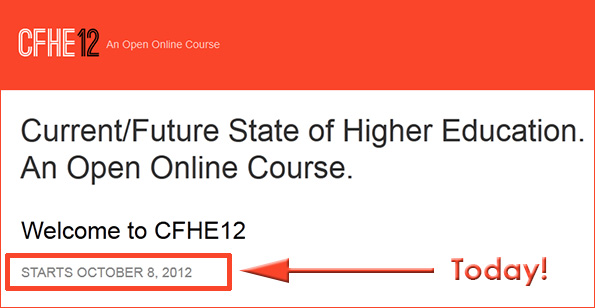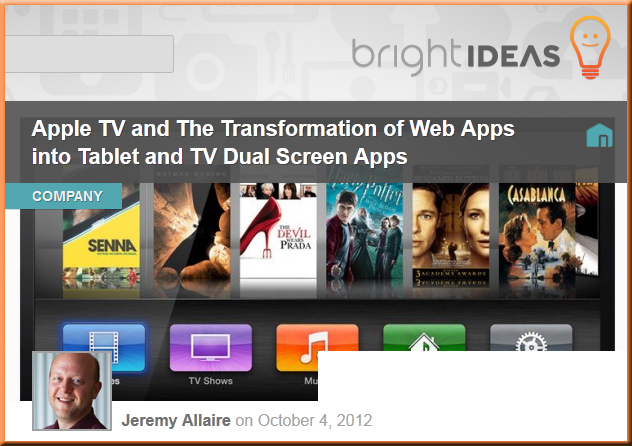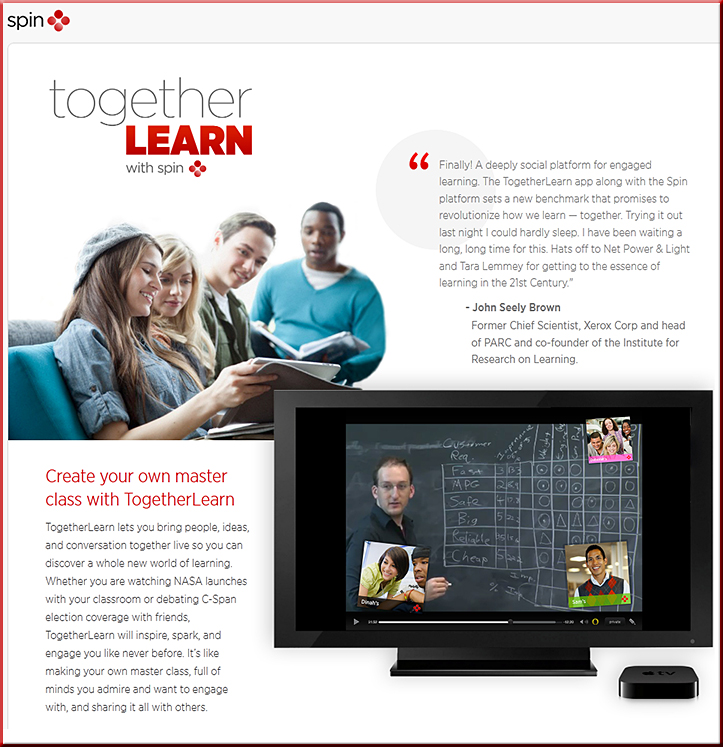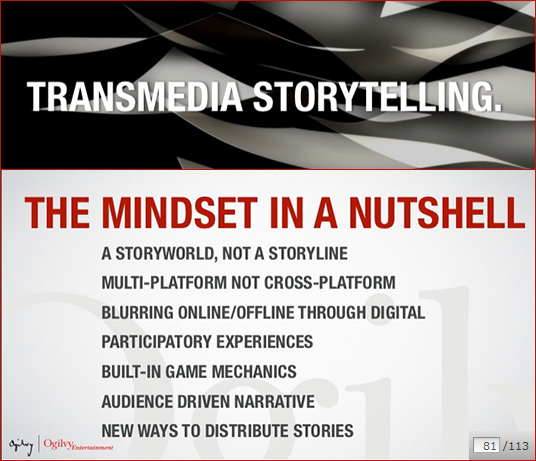Exemplary week paves the way for higher education online — from edcetera.rafter.com by Kirsten Winkler
Excerpt:
This week was quite telling for the changes the higher education sector is currently going through. And the direction the industry is heading towards seems obvious: online. This week, up-and-coming education startups raised money and introduced new products whereas leaders in the space had to announce cuts.
From DSC:
This reminds me of how University of Massachusetts President Emeritus Jack Wilson described online learning at last week’s Sloan-C Conference:
“Online learning is a relentless force that will not be denied. The trends are so relentless in fact, that they take students, faculty, and administrations along with them.”










![The-Living-Class-Room-Daniel-S-Christian---July-2012 The Living [Class] Room -- by Daniel Christian -- July 2012 -- a second device used in conjunction with a Smart/Connected TV](http://danielschristian.com/learning-ecosystems/wp-content/uploads/2012/07/The-Living-Class-Room-Daniel-S-Christian-July-2012.jpg)














